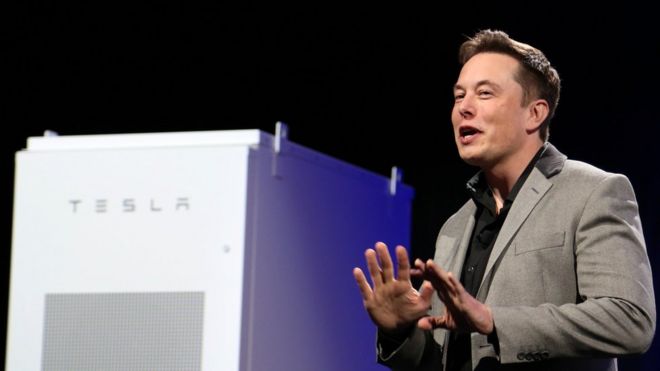

For Conty, an old-guard environmental warrior in the countryside, Arecibo had been one of the key battlegrounds in her groups’ fights to contain poisons that affect much of Puerto Rico. Arecibo was a ghost town.īut Conty’s dismay was also about the destruction that couldn’t be seen. The Río Grande de Arecibo that cuts through the municipality remained an swollen brown expanse, still threatening to drown bridges and homes. Smokestacks had been snapped in half and wires lay slack where giant power pylons had fallen. Obliterated houses marked the deserted hamlets along the road. Here in Arecibo, a small municipality about 40 minutes from San Juan on a good day, high-water marks from the flood stood out on building walls, seven or eight feet high.

Three weeks after the storm, the tropical green was just starting to come back, sprouting over the brown wounds of mud and giant trees pulled up from their roots. We’d followed the path that Hurricane Maria’s eye had taken along the highway to the west of San Juan. She scoffed at the radio reports of the official death toll, a common refrain among Puerto Ricans whose personal stories-a cousin who died needing dialysis here, a neighbor who simply hasn’t been heard from there-when multiplied 3.5 million-fold make the official estimate seem impossible. If you have ideas, please let us know in the comment section below.ARECIBO, P.R.-“There’s no way there were just 45 deaths,” said Myrna Conty, an environmental activist whose work takes her regularly across the most remote parts of the island. In conclusion, while the destruction of the island’s power grid is indeed an opportunity to build a better one, the people of Puerto Rico are understandably a lot more concerned with short-term solutions at the moment. Some locals are turning to car batteries and inverters, which have become extremely rare and are not a great solution. We are talking about some singificant premiums charged by third-party installers on the island. On its website, Tesla writes that a “typical installation cost ranges from $800 to $2,000” and the Powerwall costs $6,200 with the supporting hardware. Tesla sent the battery packs, but after speaking with locals trying to get them installed, Electrek learned that local installers are difficult to reach and some are charging as much as $12,000 for a Powerwall with the installation. That’s why Tesla is currently shipping Powerwalls, Tesla’s home battery pack, in Puerto Rico since homeowners with existing rooftop solar installations that are still in place can connect to the battery packs instead of the grid and power their homes.

The advantage of Tesla’s solution is that it has the potential to be distributed, which increases the odds of at least some systems staying online or bringing some back online quicker. AFP PHOTO / Ricardo ARDUENGO (Photo credit should read RICARDO ARDUENGO/AFP/Getty Images) President Donald Trump strenuously defended US efforts to bring relief to storm-battered Puerto Rico, even as one island official said Trump was trying to gloss over “things that are not going well,” two weeks after devastating Hurricane Maria left much of the island without electricity, fresh water or sufficient food. Update: Puerto Rico’s Governor responded later:ĭamaged wind turbines are seen in the aftermath of Hurricane Maria in Naguabo, Puerto Rico on October 2, 2017. Such a decision would be in the hands of the Puerto Rico government, PUC (Public Utilities Commission), any commercial stakeholders and, most importantly, the people of Puerto Rico.” “The Tesla team has done this for many smaller islands around the world, but there is no scalability limit so it can be done for Puerto Rico too. Puerto Rico’s electricity rates were already quite high at around $0.20 per kWh and reliant on fossil fuels.Īfter it was pointed out that Puerto Rico’s destroyed grid is an opportunity to build a better one, Musk wrote on Twitter: Now CEO Elon Musk says that Tesla could rebuild Puerto Rico’s power grid with batteries and solar on a bigger scale. Tesla quickly started quietly shipping Powerwalls there to try to get power back on to some houses with solar arrays. After Puerto Rico was hit by two hurricanes back to back in just a few weeks, along with other islands in the Caribbean, most of their power grid was completely destroyed.


 0 kommentar(er)
0 kommentar(er)
